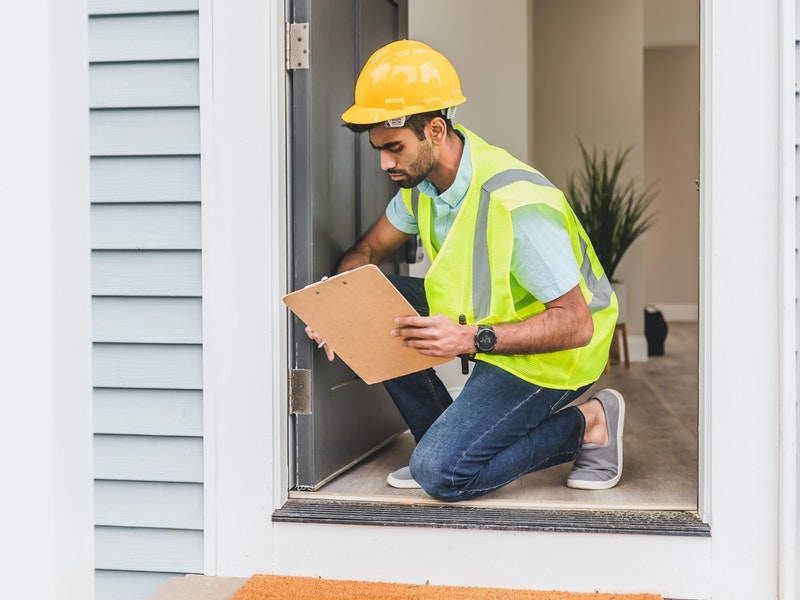There are many reasons to get your home inspected. Depending on your situation, you might sell a house or look for new insurance. If you’re planning to have an inspector look at your home and inspect it, it must be in tip-top condition. The outcome of an inspection can be affected by the tiniest of factors. It’s the responsibility of inspectors to identify any issues in the shortest possible time. Fixing the following issues before the time an inspector is at your home might be simpler if you split the house into the following areas.
Preparing Your Home for Inspection
It’s not difficult to decide the best time to put your home up for sale. But getting your home prepared to be inspected is the most difficult aspect of the process. Review the following items.
Exterior
Some of the exterior elements of your home include the siding, roof and windows, and foundation. It is essential to conduct a thorough inspection of the outside doors and windows to seal them properly. It’s crucial to fix any damaged or missing siding and any parts of the roof or walkway that have been damaged. Check that your chimney is properly vented if you have one. The lawn must be kept in good shape and mowed as well. It is recommended to mulch, or use gravel shifted away from the foundation’s base.
Interior
Appliances that require electricity, such as lights and plugs, must function properly in your house. The access to your main electric panel must be straightforward. Everything inside the plumbing system must function exactly as it first started. Cleaning the home of clutter is usually an ideal option. However, while a clean house is not the goal of home inspections, it will benefit if the inspector isn’t required to move any objects while inspecting different fixtures.
Cracks in walls and ceilings must be patched and repaired before conducting a home inspection. In certain circumstances, painting walls in areas with high traffic may be beneficial to get rid of marks or other stains off the surface. The state of the floor must always be evident by sweeping and mopping the flooring.
Crawlspace/Basement/Attic
An in-depth inspection of attic space, basement, and crawlspace before each inspection is conducted. Ensure that all vents outside are clear of debris and offer adequate airflow. The fitted insulation should be located away from the air vents. Before the inspection, basements and crawl spaces must be kept dry, and any leaks must be dealt with. Electrical wiring should be operating in good working order and securely fastened.
HVAC System
Ensure that your home’s heating and cooling systems are working properly before leaving for your trip. Clean or replace filters and vents according to the manufacturer’s guidelines. The ducts must also be cleaned as often as possible. During the inspection, thermostats must be functional and accessible. It is important to turn on the heating, and the air conditioning is generally a requirement to satisfy an inspector. Provide the inspector with an invoice if the HVAC system was recently upgraded or repaired.
You won’t find many home inspections done. However, you could learn from them about what needs to be mended in your home and when it is best to get them done. It also offers you an estimate of the value of your home and your home’s construction quality. Therefore, before calling an inspector, examine your house and make any necessary changes that may hinder its value overall. By doing this, you can improve the appeal of your home more attractive to potential buyers and will be most beneficial for you.
For more detailed manuals and advice about this topic, please see Ceris News Blog Resources.
Related article: Healthy Home Environment: How to Improve Indoor Air Quality



